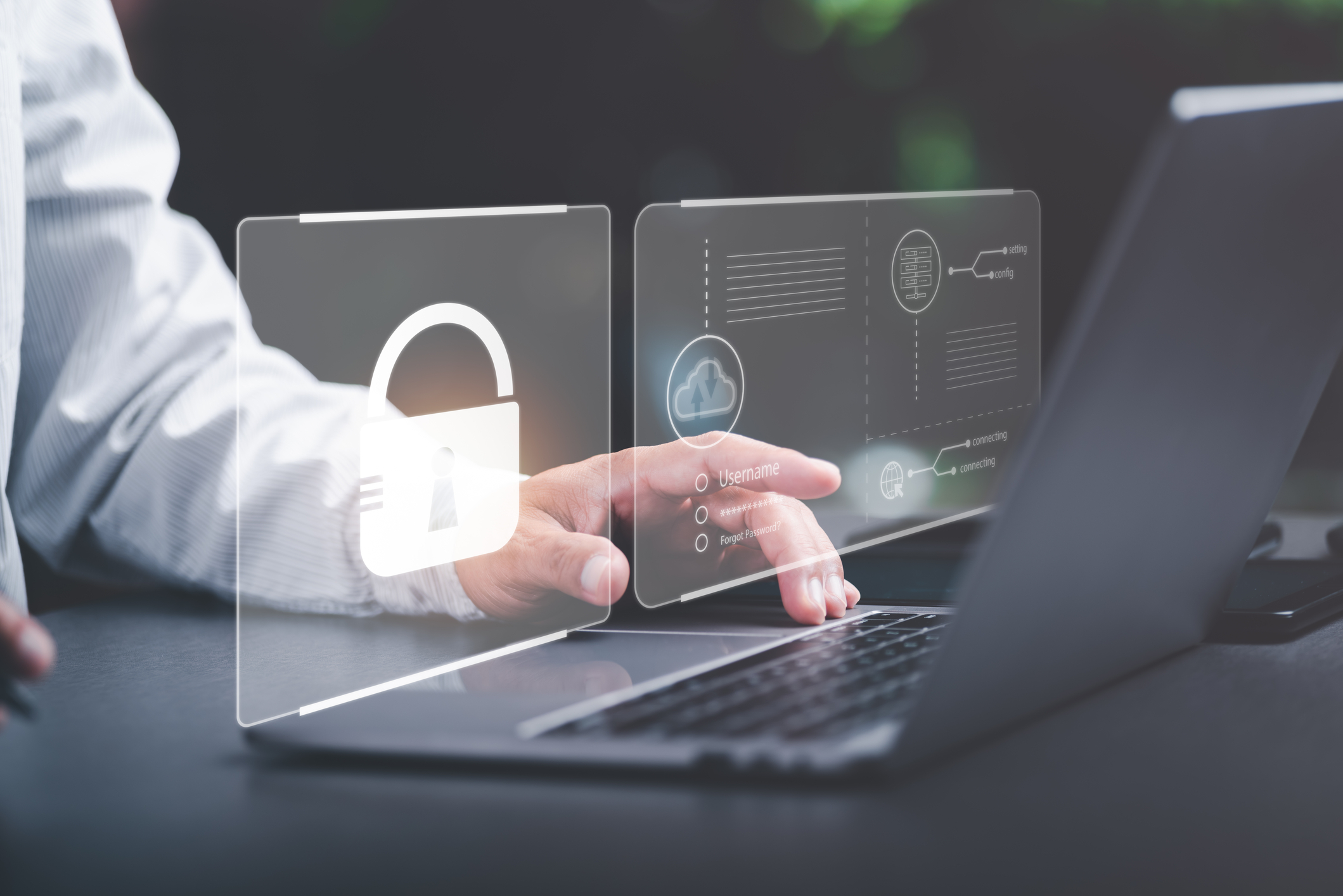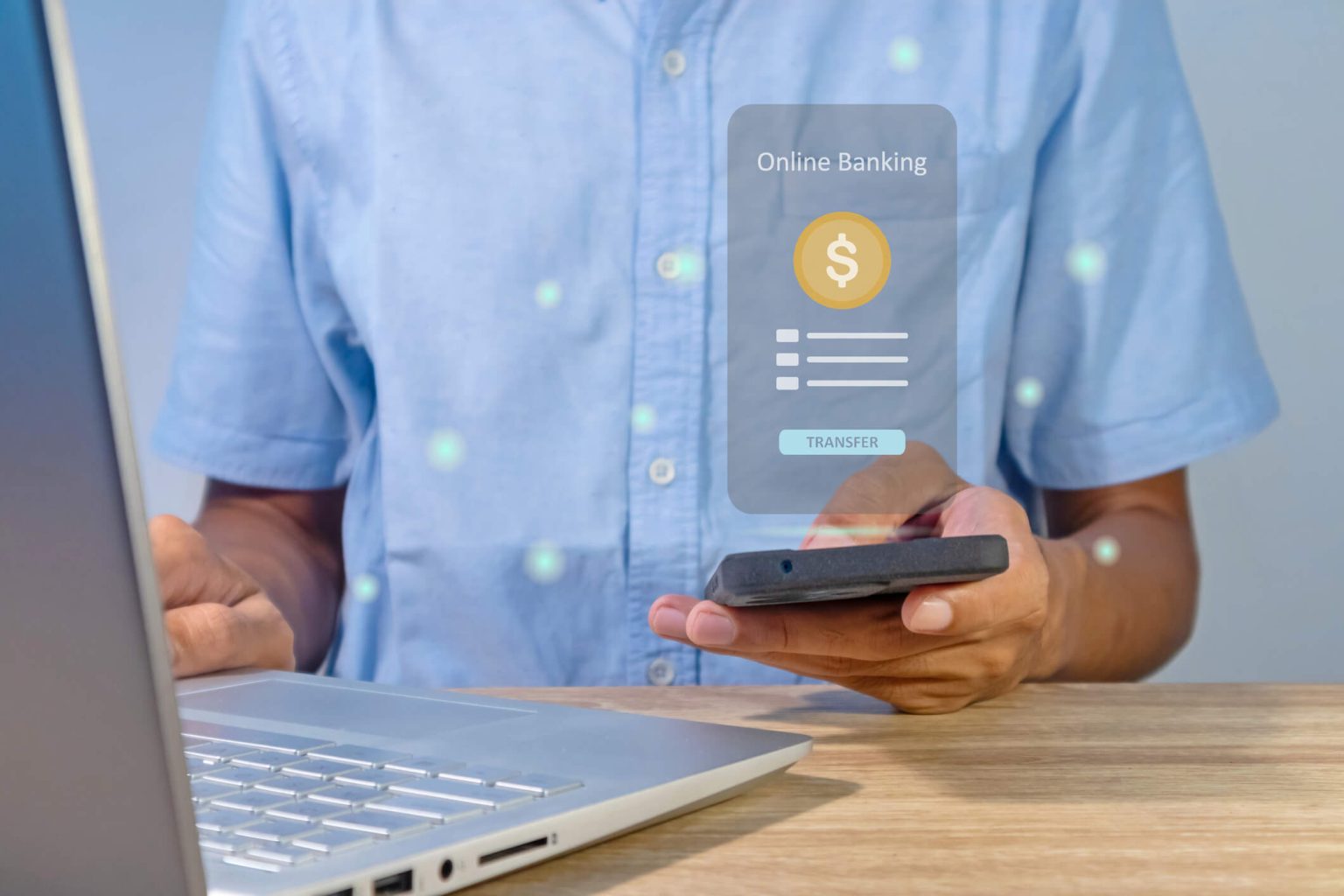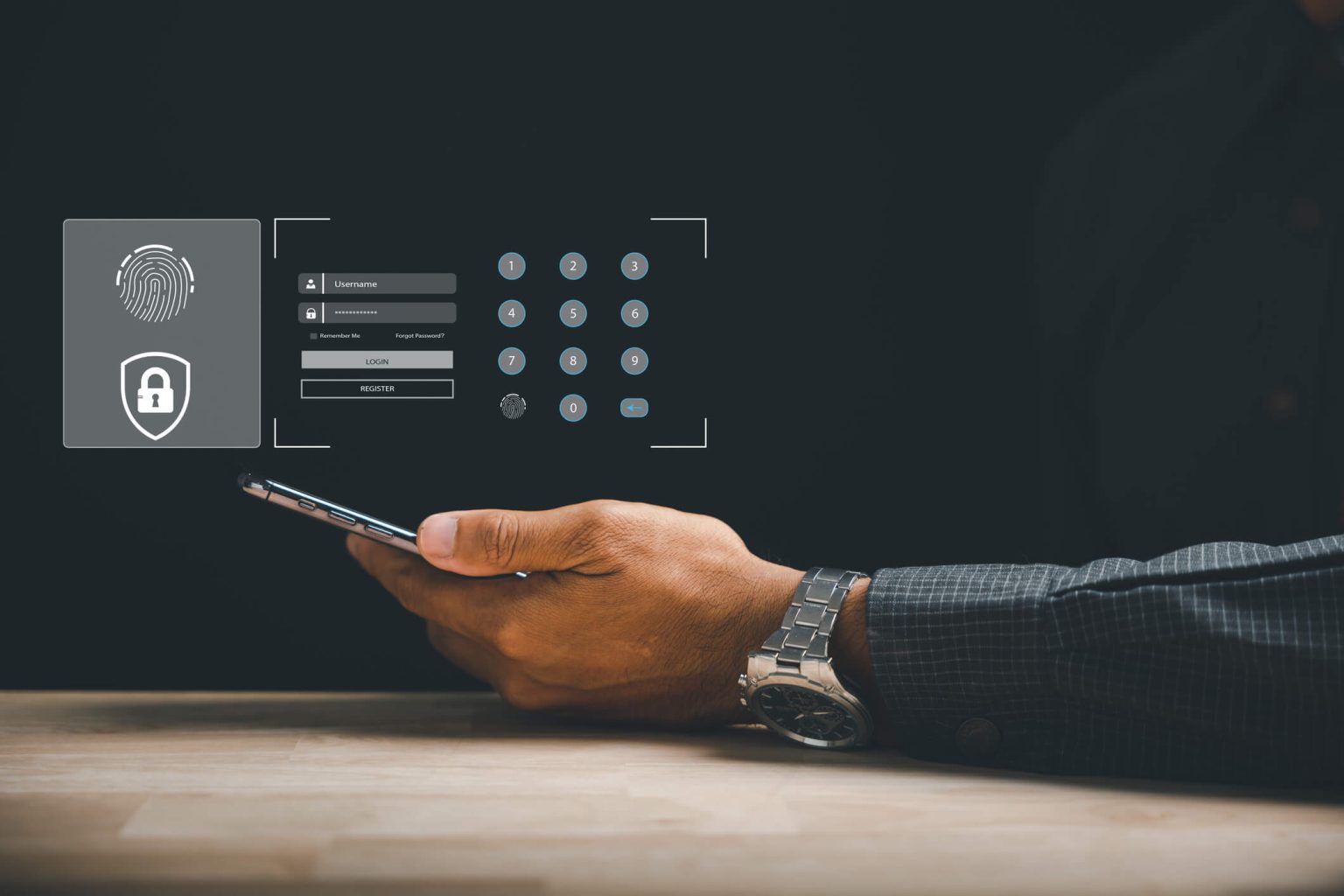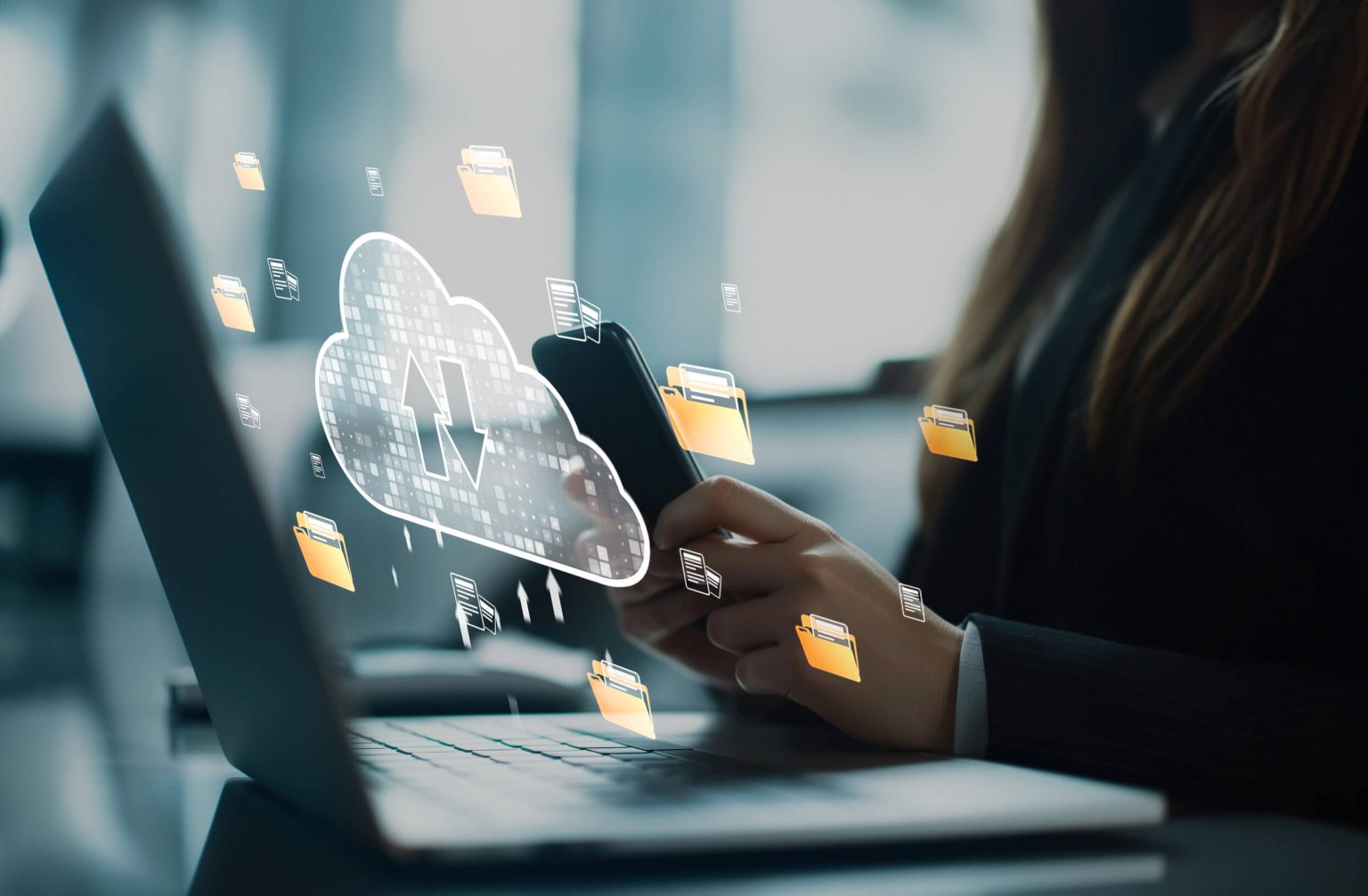Security Measures in Cloud Payments
The integration of cloud computing into the payment industry has revolutionized how transactions are processed, offering flexibility, scalability, and cost-effectiveness. However, this shift also presents unique security challenges. Ensuring the safety of cloud payment systems is paramount, as these platforms handle sensitive financial data.
This article will explore the importance of security in cloud payments, common threats faced by cloud payment systems, and the measures that can be taken to mitigate these risks. We will delve into topics such as encryption and data protection, authentication and access control, monitoring and auditing, compliance and regulatory standards, incident response and disaster recovery, and training and awareness. By understanding and implementing these security measures, businesses and individuals can ensure the safety and integrity of their transactions in the cloud.
Understanding the Importance of Security in Cloud Payments

Cloud payments offer numerous benefits, such as increased accessibility, scalability, and cost-effectiveness. However, these advantages come with inherent risks, making security a top priority. According to a report by Cybersecurity Ventures, global cybercrime damages are projected to reach $6 trillion annually by 2021. This staggering figure highlights the urgent need for robust security measures in cloud payments.
One of the primary reasons security is crucial in cloud payments is the sensitive nature of payment data. Credit card numbers, bank account details, and personal information are all vulnerable to theft and misuse. A breach in cloud payment security can lead to financial loss, reputational damage, and legal consequences for both businesses and individuals.
Furthermore, the increasing adoption of cloud-based payment systems has attracted the attention of cybercriminals. These attackers employ various techniques, such as phishing, malware, and social engineering, to exploit vulnerabilities in cloud payment systems. Without adequate security measures, businesses and individuals are at risk of falling victim to these attacks.
The Rise of Cloud Payments: Benefits and Concerns
The rise of cloud payments has revolutionized the way transactions are conducted, offering numerous benefits to businesses and individuals. Cloud-based payment systems provide seamless integration with other business processes, enabling real-time tracking of transactions and improved financial management. Additionally, cloud payments eliminate the need for physical infrastructure, reducing costs and increasing scalability.
However, along with these benefits come concerns regarding the security of cloud payment systems. One of the primary concerns is the potential for data breaches. According to the 2020 Cost of a Data Breach Report by IBM, the average cost of a data breach is $3.86 million. This cost includes expenses related to investigation, remediation, legal fees, and customer notification. Therefore, it is crucial to implement robust security measures to prevent and mitigate the impact of data breaches in cloud payments.
Another concern is the reliance on third-party cloud service providers. While these providers offer expertise and infrastructure, businesses must trust them with their sensitive payment data. It is essential to choose reputable and trustworthy providers that prioritize security and adhere to industry standards and regulations.
Common Security Threats in Cloud Payments and How to Mitigate Them

Cloud payment systems face various security threats that can compromise the integrity and confidentiality of transactions. Understanding these threats and implementing appropriate mitigation measures is crucial for safeguarding payment data.
One common threat is phishing attacks, where attackers impersonate legitimate entities to trick users into revealing their login credentials or payment information. To mitigate this threat, users should be educated about phishing techniques and encouraged to verify the authenticity of emails and websites before entering sensitive information.
Malware is another significant threat to cloud payment systems. Attackers can inject malicious code into payment platforms, compromising the security of transactions. Implementing robust antivirus and anti-malware software, regularly updating systems, and conducting vulnerability assessments can help mitigate this threat.
Social engineering is a tactic used by attackers to manipulate individuals into divulging sensitive information. This can be done through phone calls, emails, or in-person interactions. Educating users about social engineering techniques and implementing strict access control measures can help prevent unauthorized access to payment systems.
Encryption and Data Protection: Ensuring Confidentiality in Cloud Payments
Encryption plays a vital role in ensuring the confidentiality of payment data in the cloud. By encrypting data, it becomes unreadable to unauthorized individuals, even if they gain access to it. This is achieved through the use of cryptographic algorithms that scramble the data, making it unintelligible without the corresponding decryption key.
In cloud payments, data encryption should be implemented at various levels, including data at rest, data in transit, and data in use. Data at rest refers to stored data, such as payment records and customer information. Encrypting this data ensures that even if it is compromised, it remains protected.
Data in transit refers to data being transmitted between the user’s device and the cloud payment system. Implementing secure communication protocols, such as Transport Layer Security (TLS), ensures that data is encrypted during transmission, preventing interception and tampering.
Data in use refers to data being processed or accessed by authorized individuals or systems. Implementing strong access controls, such as multi-factor authentication and role-based access control, ensures that only authorized individuals can access and manipulate payment data.
Authentication and Access Control: Verifying User Identity in Cloud Payments
Authentication and access control are crucial components of cloud payment security, as they verify the identity of users and control their access to payment systems. Implementing strong authentication mechanisms helps prevent unauthorized access and protects against identity theft.
One commonly used authentication method is multi-factor authentication (MFA), which requires users to provide multiple forms of identification, such as a password, a fingerprint, or a one-time passcode. This adds an extra layer of security, as even if one factor is compromised, the attacker would still need to bypass the other factors to gain access.
Role-based access control (RBAC) is another important aspect of access control in cloud payments. RBAC assigns specific roles and permissions to users based on their job responsibilities. This ensures that users only have access to the resources and functions necessary for their role, reducing the risk of unauthorized access and data breaches.
Implementing strong password policies, such as requiring complex passwords and regular password changes, further enhances authentication and access control in cloud payment systems. Additionally, regularly reviewing and revoking access privileges for inactive or terminated users helps maintain the integrity of the system.
Monitoring and Auditing: Detecting Suspicious Activities in Cloud Payments
Monitoring and auditing are essential for detecting and preventing suspicious activities in cloud payment systems. By continuously monitoring system logs and user activities, businesses can identify potential security breaches and take immediate action to mitigate the impact.
Implementing intrusion detection and prevention systems (IDPS) helps monitor network traffic and detect any unauthorized or malicious activities. These systems can identify patterns and anomalies that indicate a potential security breach, allowing businesses to respond promptly.
Regularly reviewing system logs and conducting audits helps identify any unusual or suspicious activities. This includes monitoring login attempts, access to sensitive data, and changes to system configurations. By analyzing these logs, businesses can identify potential security incidents and take appropriate measures to prevent further damage.
Compliance and Regulatory Standards: Meeting Industry Requirements in Cloud Payments
Compliance with industry standards and regulatory requirements is crucial for ensuring the security of cloud payment systems. Failure to comply with these standards can result in legal consequences, reputational damage, and loss of customer trust.
One widely recognized compliance standard for cloud payment systems is the Payment Card Industry Data Security Standard (PCI DSS). PCI DSS provides a framework for securing payment card data and outlines specific requirements for businesses that handle cardholder information. Compliance with PCI DSS ensures that businesses have implemented robust security measures to protect payment data.
Other industry-specific regulations, such as the General Data Protection Regulation (GDPR) in the European Union, impose strict requirements for the protection of personal data. Businesses operating in these regions must ensure that their cloud payment systems comply with these regulations to avoid penalties and legal repercussions.
Incident Response and Disaster Recovery: Preparing for Security Breaches in Cloud Payments
Despite implementing robust security measures, there is always a possibility of a security breach in cloud payment systems. Therefore, businesses must have a well-defined incident response and disaster recovery plan in place to minimize the impact of such incidents.
An incident response plan outlines the steps to be taken in the event of a security breach. This includes identifying the breach, containing the damage, investigating the cause, and restoring normal operations. Regularly testing and updating the incident response plan ensures that businesses are prepared to respond effectively to security incidents.
Disaster recovery focuses on restoring operations after a security breach or any other catastrophic event. This involves backing up critical data and systems, implementing redundant infrastructure, and regularly testing the recovery process. By having a robust disaster recovery plan, businesses can minimize downtime and ensure business continuity in the event of a security breach.
Training and Awareness: Educating Users on Security Best Practices in Cloud Payments
User education and awareness are crucial for maintaining the security of cloud payment systems. Users must be aware of the potential risks and trained on security best practices to prevent security breaches and protect sensitive payment data.
Regular security awareness training should be provided to all users, including employees and customers. This training should cover topics such as phishing awareness, password security, and safe browsing practices. By educating users about potential threats and how to mitigate them, businesses can significantly reduce the risk of security breaches.
Additionally, businesses should establish clear security policies and guidelines for users to follow. These policies should outline acceptable use of cloud payment systems, password requirements, and reporting procedures for suspected security incidents. Regular reminders and updates on security policies help reinforce good security practices among users.
FAQs:
Q1: What is cloud payment security?
Cloud payment security refers to the measures and protocols implemented to protect payment data and transactions conducted in the cloud. It involves encryption, authentication, access control, monitoring, compliance, incident response, and user education to safeguard sensitive information and prevent unauthorized access.
Q2: How does encryption protect my payment data in the cloud?
Encryption ensures the confidentiality of payment data by scrambling it using cryptographic algorithms. This makes the data unreadable to unauthorized individuals, even if they gain access to it. Encryption is implemented at various levels, including data at rest, data in transit, and data in use, to protect payment data throughout its lifecycle.
Q3: What measures can I take to ensure secure access to my cloud payment account?
To ensure secure access to your cloud payment account, you should implement strong authentication mechanisms, such as multi-factor authentication. Additionally, regularly updating passwords, using complex passwords, and implementing role-based access control can help prevent unauthorized access.
Q4: How can I detect and prevent unauthorized activities in my cloud payment system?
To detect and prevent unauthorized activities in your cloud payment system, you should implement intrusion detection and prevention systems (IDPS) to monitor network traffic. Regularly reviewing system logs and conducting audits can also help identify any unusual or suspicious activities.
Q5: What compliance standards should cloud payment providers adhere to?
Cloud payment providers should adhere to industry-specific compliance standards, such as the Payment Card Industry Data Security Standard (PCI DSS). Additionally, they should comply with other regulations, such as the General Data Protection Regulation (GDPR), if they handle personal data.
Q6: How can I recover from a security breach in my cloud payment system?
To recover from a security breach in your cloud payment system, you should have a well-defined incident response and disaster recovery plan in place. This includes identifying the breach, containing the damage, investigating the cause, and restoring normal operations. Regularly testing and updating these plans ensures preparedness for security incidents.
Conclusion
In conclusion, security measures in cloud payments play a crucial role in safeguarding transactions and protecting sensitive data. Encryption, authentication, monitoring, compliance, incident response, and user education are all essential components of a robust security framework. By understanding the importance of security and implementing the necessary measures, businesses and individuals can confidently embrace the benefits of cloud payments while minimizing the risks associated with cyber threats. With the increasing adoption of cloud-based payment systems, it is imperative to prioritize security to ensure the integrity and confidentiality of payment data. By staying informed about the latest security threats and best practices, businesses and individuals can navigate the evolving landscape of cloud payment security with confidence.










